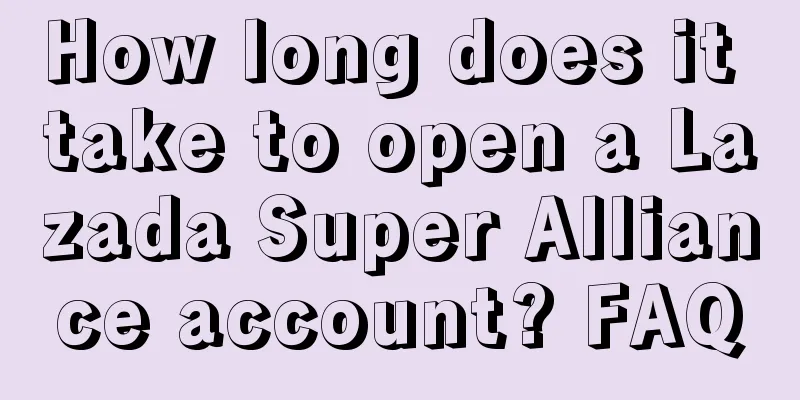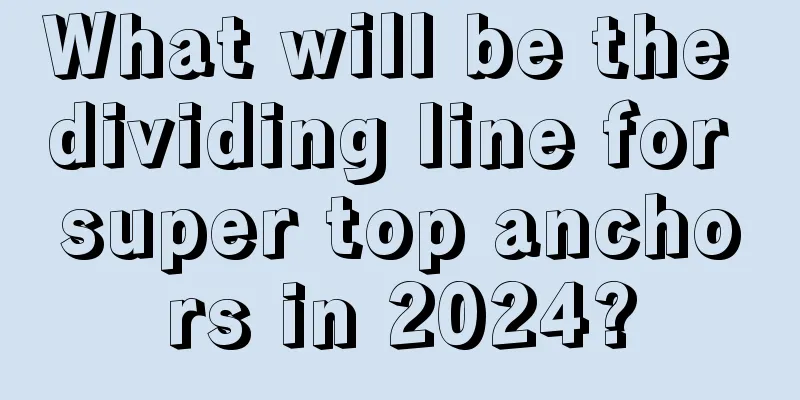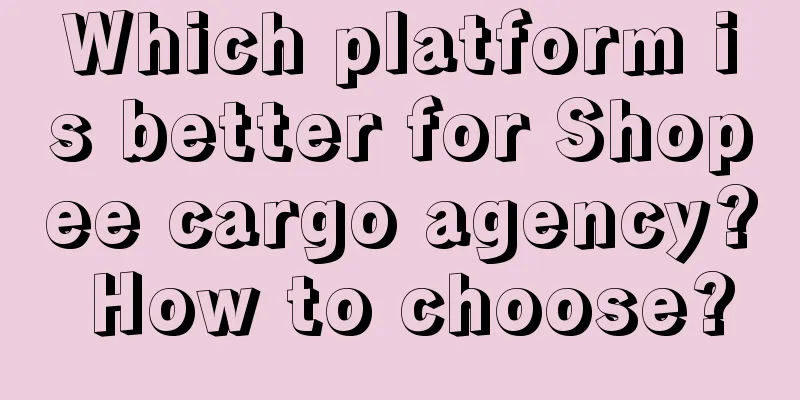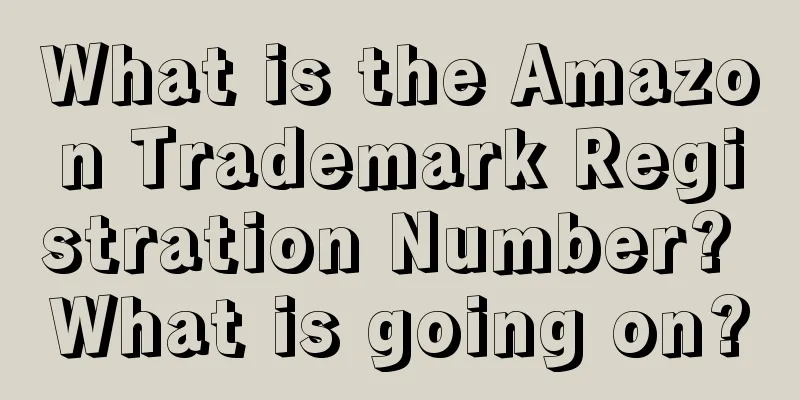Event planning results are poor? It’s time to change your thinking!

Online activities are always ineffective or far from the expected goals. This is a common problem in daily work. There are many reasons for the conversion of activities, in addition to various factors such as gift selection and promotion rhythm. I have always paid special attention to the impact of activity models on conversion. It is said that if the direction is wrong, all efforts will be in vain. The same is true for activities. If the design of the activity gameplay is not accurate enough, the conversion effect will also be quite different. This article will disassemble the activity model from the following perspectives. 1. The underlying logic of the activity modelIf you want to understand what an "activity model" is, let's introduce a concept called "growth model" to help you understand the underlying logic of popular activities. Whether you want to attract new customers, retain existing customers, or monetize your business, different activity models will bring different results. Based on my thinking in project practice, I have classified activity models based on growth models. Let's first understand the AARRR and RARRA growth models. These two are very classic growth models. The early growth model emphasized AARRR. Later, as the value of retention in the actual growth of the enterprise became more prominent, the AARRR model evolved into the RARRA growth model. The RARRA growth model emphasizes the retention of platform users and is also the real feedback of the platform's effective users. It is not difficult to see that no matter how the growth model evolves, the core content is still centered around customer acquisition, activation, retention, revenue, and self-propagation. The activity models derived from this are divided into three categories: new customer acquisition, retention and activation, and paid conversion .
These activity models are the breakdown of each link of the growth model. No matter which type of activity model, it contains the action of users actively sharing. The design of user participation path and user sharing path in the activity is essential. The above three types of activity models are sorted out for easy understanding. In actual operation, combine the growth goals you want to achieve, select activity models efficiently, and apply them flexibly. Don't solidify your way of thinking. If a company wants to achieve growth, attracting new customers, retaining existing customers, and converting existing customers into paid customers are essential operations in daily life. Next, I will combine my experience in running activities in the APP and WeChat ecosystem to sort out several commonly used activity model templates. 2. Analysis of the new customer acquisition modelThe first model is the new customer acquisition model. Here we will sort out the paths of old customers bringing in new customers. Only by understanding the conversion paths of social activities can we better understand the overall operation chain and operate the project from a more macro perspective. This is a very common social fission path. Platform existing user A sees the event poster with an event participation QR code on it. User A scans the code to participate in the event. Under the guidance of the event page, an exclusive event poster belonging to A is generated. User A posts the event poster to his own circle of friends. User B sees it in user A's social circle of friends and clicks to help A. When user A's friends help A complete the click-to-help task, the pop-up window on A's re-entry to the event page changes, prompting A to add WeChat to receive the benefits. If A does not complete the task, he needs to keep sharing the activity to his own circle of friends and social groups. The more he shares, the faster he will complete the task. During A's sharing process, A's friend B thinks the activity is good, and user B also generates his own exclusive poster. Following the same logic, share the activity to the circle of friends, user C helps user B, and the cycle continues. In this way, a complete fission cycle path is created. 3. Deconstruction of the retention and activation modelThe second model is the retention-promotion model. The retention-promotion model can be considered from the perspective of behavioral addiction. Users participate in activities and continue to participate in platform activities because of some interest incentives, which increases the activity of the platform. Here is a brief explanation of the logic of user addiction.
Retention and activation activities require you to accumulate some gameplay suitable for the platform, summarize and think more, and finding the right method is the most important thing. 4. Analysis of the paid conversion modelThe third model is the paid conversion model. Let’s use the group buying model to explain it, which is similar to the bargaining model. Assume that the user shares the activity through an app or mini program, and the first user to participate in the activity pays 1 cent as the group leader to initiate a group purchase. The activity is shared to WeChat groups and Moments, and the sharer's friends see the group purchase activity he sent out and think that the activity offers good discounts. Maybe a product originally priced at 399 yuan can be purchased for only 100 yuan after group purchase, and the person who received the share decisively chooses to participate. When the number of people in the group is sufficient, the group leader becomes eligible to join the group and can purchase at the group price. During the process, the person being shared can also change his role to become the group leader and take the initiative to invite more friends to join the group. This was originally a simple activity, but as more and more group leaders participated, the user base of the entire activity continued to increase, and the exposure of the activity became larger and larger. With the help of the distribution ability of the group leader, more users participated. 5. Analysis of the new user acquisition activity pageFinally, let’s disassemble a prototype of a new user acquisition activity page to deepen our understanding of activity planning. This activity page is a prototype of an activity where old customers bring in new customers. The page consists of four parts.
If you observe the sharer's activity page carefully, you can see that 1234 is laid out on the activity homepage according to a certain logical structure. When users see this page, they will not feel that each section is independent. It is also designed with user experience in mind and in a reasonable layout. So when you design the page, don’t limit your understanding and give full play to your imagination. This activity mainly helps the platform achieve the goal of attracting new users, and for users, they can get prizes by completing the corresponding tasks. Therefore, the entry point of the activity is to use gifts as a bridge to connect brands and users. The activity page incentivizes user participation based on benefits, and also adds a marquee effect, dynamic display of page rankings, QR code guidance, and sharing button guidance, combining many elements. If you want to plan an online event well and achieve the desired goals, there are many things to consider behind it, in addition to deep insights into users, there is also the flexible application of activity models. Author: Hu Xianwu; Official Account: Wenli Marketing Notes |
<<: Is the traffic main project with a monthly income of 30,000 reliable?
Recommend
How many points will Shopee deduct before being frozen? Is there still a chance after being frozen?
Shopee platform, like other platforms, actually ha...
Why is Amazon slow to pay back? What is the reason for payment delay?
Many people like to shop on Amazon. The most impor...
How to use shein in China? What platform is shein?
With the development of global e-commerce, more an...
Are the prices on Shopee in Taiwan in US dollars? How to get started on the Taiwan site?
If merchants want to settle in Shopee, they have t...
WeChat Store, releases hidden tricks
WeChat Stores recently launched a new feature - hi...
Will AI replace new media professionals? We wrote an article using ChatGPT
This article is divided into two parts. The first ...
What should I do if I haven't graduated from Shopee? What are the consequences?
Shopee is a good platform in many people's min...
Data analysis empowers sales, these strategies are amazing
In today's highly competitive business environ...
How to get rid of the "feeling of being torn apart" at work?
Are you always busy at work but the final results ...
Can Wish deliver goods locally? How does Wish deliver goods?
Some of the merchants who have opened stores on th...
How can Xiaohongshu private domain merchants efficiently acquire customers? Involving industries such as decoration, wedding photography, jewelry, and confinement centers
Xiaohongshu is a gathering place for attracting cu...
$20 luxury: Uniqlo's "Millennial Birkin" is popular in Europe and the United States
Why do young people love Uniqlo more than luxury g...
Rethinking Automotive Marketing: User Brand Thinking Behind CEO Live Broadcast
Xiaomi su7 has become very popular recently. What ...
Frisbees have been "abandoned", why has cycling become so popular?
What is your favorite way to relax? Nowadays, more...
9.9 special sale, online on Taobao homepage
Recently, Taobao quietly changed its homepage and ...









